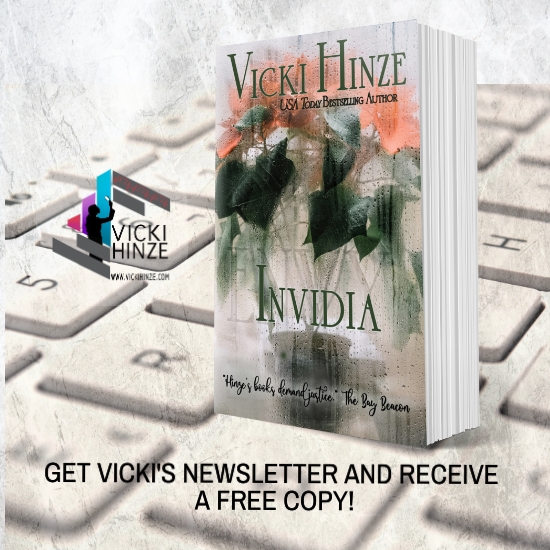Studies show that the average editor views over a hundred manuscripts each month. This includes, but is not limited to, works by authors currently under contract with the editor’s publishers, proposals by authors currently contracted with the editor’s publisher, submissions the editor has requested—complete manuscripts and proposals—and submissions the editor has been assigned via the transom or slush pile—unrequested materials.
When your submission hits an editor’s desk, you want it to get his/her attention–but not because it “looks” different than the other ninety-nine manuscripts s/he has seen that month. You want the format of the work to be the last thing on the editor’s mind. Because if the editor is focusing on format, s/he isn’t focusing on your work.
Imagine yourself on the other side of the desk. You are the editor. You receive your hundred manuscripts. Ninety-nine of them are traditionally formatted. One isn’t. Which stands out in your mind?
The one improperly formatted.
Why? Because it’s different.
What does that mean in real terms?
Odds are high the editor is going to assume–before reading the first word of the work–that you’re a new writer who has not bothered to seek and implement traditional formatting. So you’re a rank greenhorn or you’re lazy.
And if the editor doesn’t make these assumptions, what is the impact?
The editor is distracted by the formatting because it is different all the while she or he is reading. So the words–the work–never gets the editor’s undivided attention.
Without that undivided attention, your editor–your work’s first reader–can’t suspend disbelief to the fullest extent. S/he is constantly reminded that s/he is reading words on a page and that prohibits him or her from living the story.
These are not the first (or subsequent) impressions we want to make.
So you see the importance of formatting correctly. You do not want the editor to notice the formatting. For it to fade away and the editor to get totally absorbed into the story so that they are living the fictional dream.
In living the fictional dream, the editor is experiencing what is happening in the novel directly, unhampered by format, and without distraction.
That’s the writer’s objective.
Over the years, I’ve heard many say, “Oh, formatting doesn’t matter.” But that isn’t true. It’s critical. Because to get to the heart of your story–the story itself–your reader (and the editor or agent is the first reader) must get past the formatting undistracted to live that fictional dream you’ve created.
Will an editor reject a manuscript solely because it’s formatted improperly?
Maybe. Maybe not. But either way, he or she might make assumptions on the quality of your work.
He or she might elect to read the opening but not without bias that you’ve instilled. But here’s the question you should be asking: Why risk it?
Proper format isn’t difficult. Actually, it’s easy–if you know how to do it.
If you aren’t sure how to do it, watch for tomorrow’s post. I’ll share the basics and a sample…
Blessings,
Vicki
C2008




